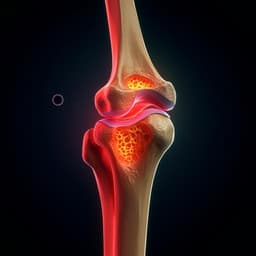
Environmental Studies and Forestry
Storm surge and ponding explain mangrove dieback in southwest Florida following Hurricane Irma
D. Lagomasino, T. Fatoyinbo, et al.
Discover how mangroves in southwest Florida reacted to Hurricane Irma! This study, conducted by David Lagomasino and colleagues, reveals that while many mangroves resprouted quickly, some faced unprecedented dieback due to storm surge and hydrologic conditions. The findings stress the importance of tidal restoration and hydrologic management to build resilience against future storms.
Playback language: English
Related Publications
Explore these studies to deepen your understanding of the subject.







